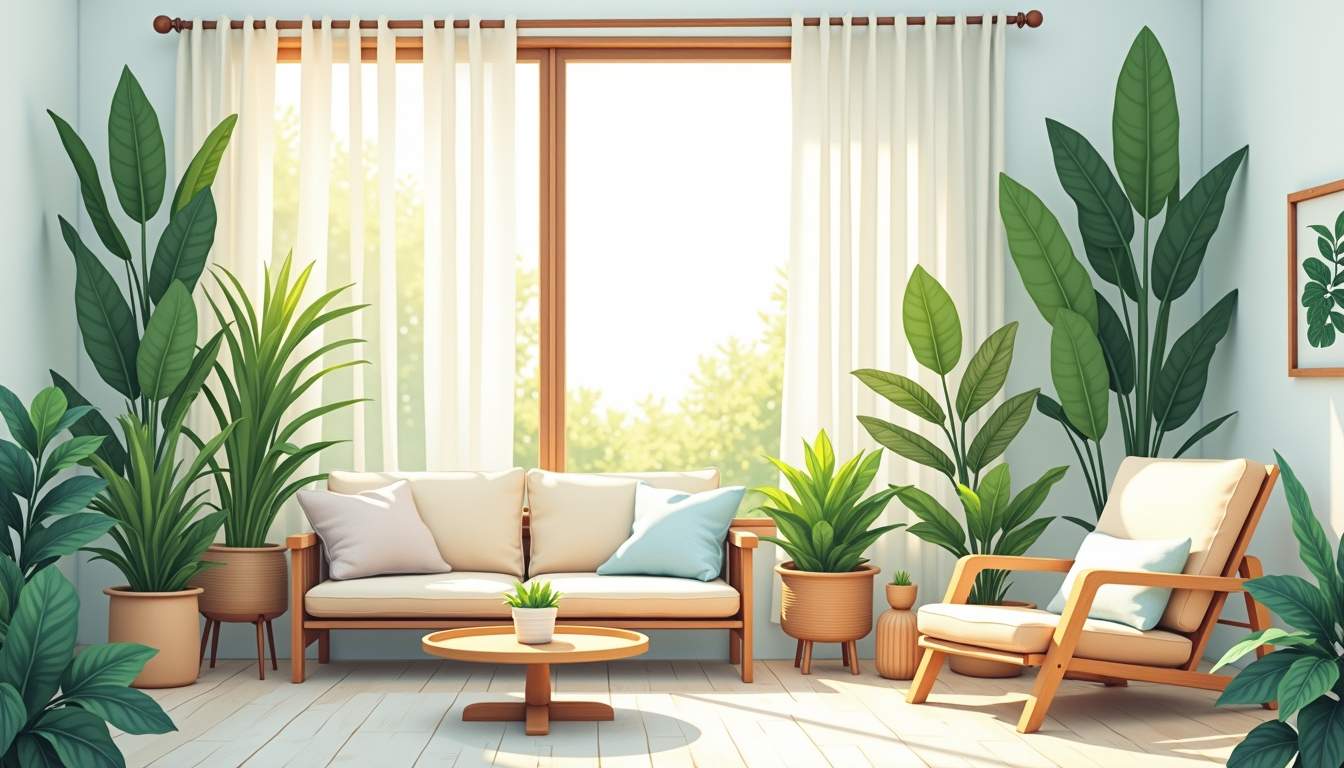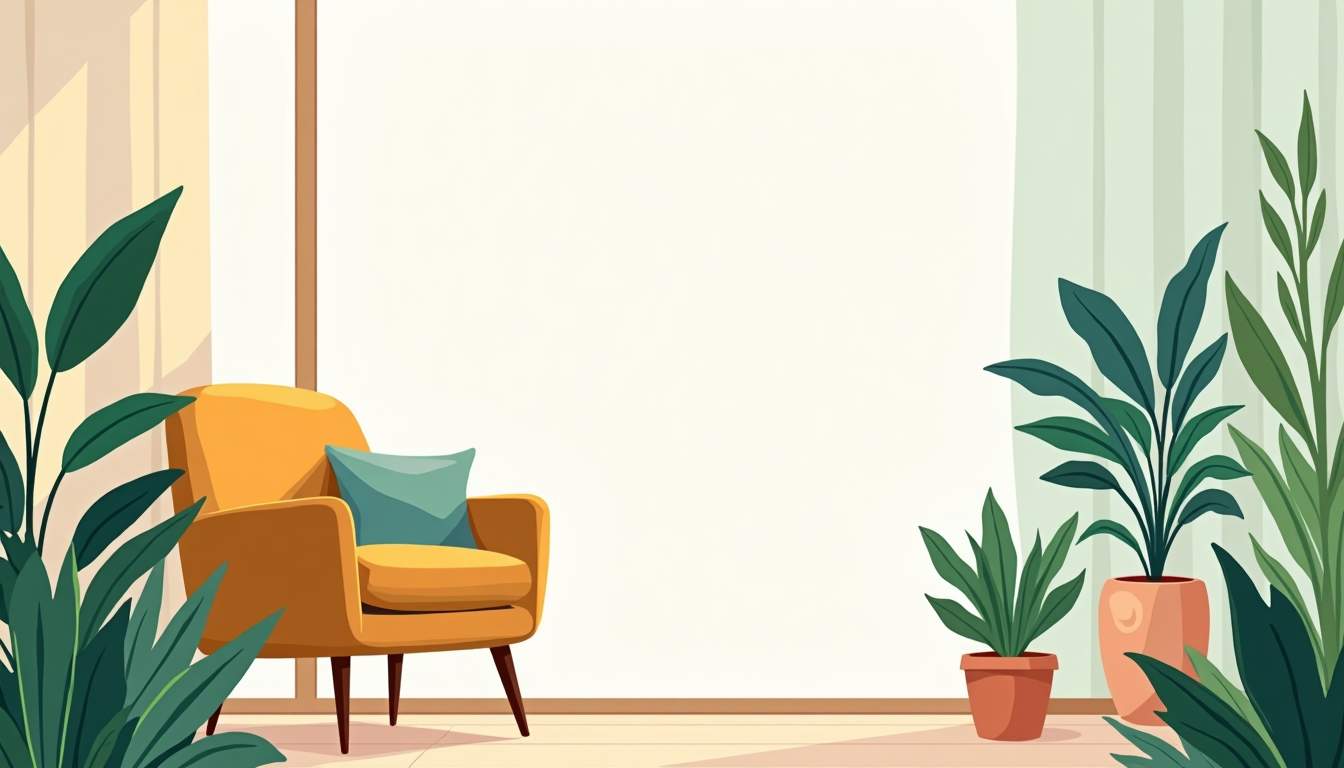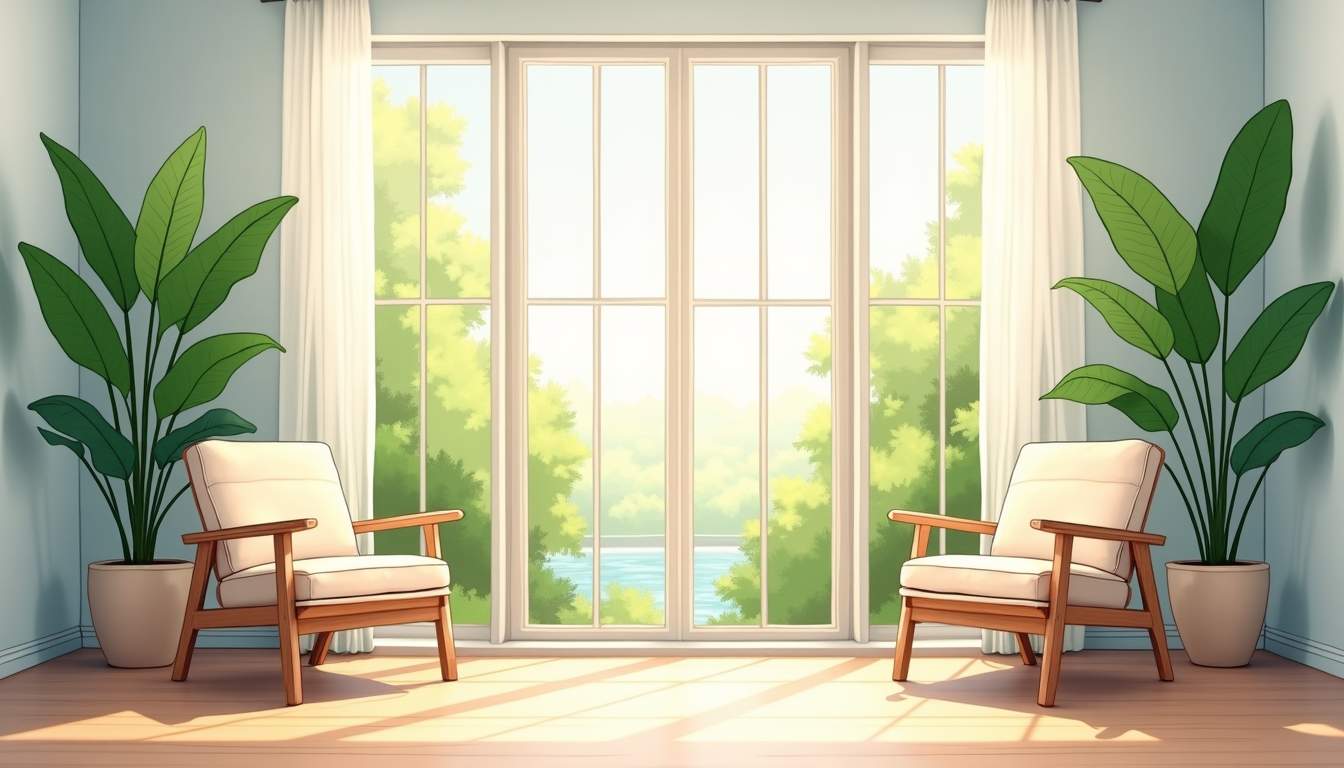
Creating a personal sanctuary at home can transform daily life from rushed and noisy to calm and restorative. A natural retreat does not require moving to the countryside or buying expensive equipment; careful choices in plants, light, texture, scent, and sound can create a restorative environment that supports rest, creativity, and a deeper sense of well-being. This article explores practical ways to bring nature into everyday living spaces, with ideas for different budgets and living situations.
Humans evolved alongside natural environments, and even brief interactions with nature influence mood, cognition, and stress levels. Research shows that exposure to natural elements—greenery, fresh air, water sounds—reduces cortisol levels, improves concentration, and accelerates recovery from mental fatigue. While a weekend getaway works wonders, everyday access to restorative environments creates more sustained benefits.

Beyond measurable health effects, a natural retreat at home fosters a slower rhythm. Spaces designed with gentle sensory cues invite more mindful activities: breathing, reading, journaling, or simply watching the light shift through leaves. Those small pauses add up, contributing to resilience and a clearer sense of purpose.
Moreover, engaging with nature has been linked to enhanced creativity and problem-solving skills. The complexity and subtlety found in natural patterns stimulate our brain in ways that standardized urban environments cannot replicate. This cognitive refresh helps break cycles of repetitive thinking, allowing new perspectives to emerge and promoting innovative ideas.
Creating a natural retreat doesn’t require vast spaces; even a small nook with plants, natural textures, and access to daylight can serve as a potent sanctuary. Incorporating elements like potted herbs, natural fibers, and ambient nature sounds can deepen the connection to the outdoors. Over time, these intentional environments nurture a harmonious balance between daily responsibilities and personal well-being.
Natural light is fundamental. Wherever possible, arrange furniture to face windows and choose window coverings that filter rather than block daylight. Sheer curtains soften harsh sunlight while preserving privacy, and reflective surfaces—mirrors, pale walls, or a light-colored rug—help bounce light deeper into a room. If sunlight is limited, full-spectrum bulbs can mimic daylight hues and support circadian rhythms.

Additionally, consider the orientation of your windows when planning your space. South-facing windows often provide the most consistent light throughout the day, while east-facing windows bring gentle morning light that energizes the start of your day. Layer lighting options by combining ambient, task, and accent lights to complement natural light and ensure a warm, inviting atmosphere even after sunset. Translucent shades or blinds can be adjusted easily to control glare without sacrificing brightness.
Even a modest view can feel like a portal. A window that overlooks a tree, alley garden, or sky becomes more satisfying if the sill is decluttered and there’s a comfortable place to sit. Consider creating a small viewing nook with a chair or cushion, a low side table for tea, and a throw. If outside views are impossible, a living wall or a curated arrangement of plants near a window can simulate depth and movement.
To enhance the experience further, rotate the view’s focus occasionally by adding seasonal decorations outside or placing a bird feeder nearby to invite wildlife. Artistic window films with subtle patterns can also add interest without obstructing the view. Integrating soft cushions and tactile materials in the nook invites longer leisure moments, transforming an ordinary window into a cherished retreat for reading, contemplation, or simply daydreaming.
Select plants based on the light, humidity, and time available for care. Low-light rooms benefit from snake plants, zz plants, or pothos—species that tolerate shade and irregular watering. Sunny windowsills suit succulents, herbs, or citrus saplings. For higher humidity, ferns and peace lilies thrive, plus they add lush foliage and soft textures.
Additionally, understanding the plant's growth patterns and size can help in choosing the right indoor greenery. Some plants, like spider plants and philodendrons, adapt well to a variety of conditions and are relatively fast growers, providing quick greenery gratification. Others, such as orchids or bonsai trees, require more specialized care but offer unique beauty and architectural interest for those willing to invest time and attention.
Grouping several plants creates a small microclimate: pooled humidity and shared warmth help them all flourish. Clusters also look more intentional and give visual weight to a corner. Use a mix of heights—tall floor plants, medium potted specimens on stands, and trailing plants on shelves—to build depth and a sense of layered greenery.
When grouping plants, consider their individual watering and light requirements to avoid conflicts that could cause stress. Incorporating decorative pots and varied textures, such as glossy leaves versus matte or fuzzy surfaces, enhances the overall aesthetic and makes the arrangement more engaging. Experimenting with plant stands, macramé hangers, or tiered shelves can further elevate the visual interest and optimize space.
Simple tools make plant care manageable: a moisture meter for consistent watering, a spray bottle for misting humidity lovers, and a pruning shear for shaping. Create a weekly routine to check plants’ needs; short, consistent effort usually prevents larger problems. Planting drought-tolerant varieties reduces the pressure of daily watering while still providing the calming presence of living things.
Incorporating natural light timers or reminders on your phone can help maintain your care schedule without becoming overwhelming. Monitoring pests early and using organic remedies like neem oil ensures your indoor garden stays healthy. Remember, many indoor plants can bounce back from occasional neglect, so don’t worry about perfection—embracing a flexible approach encourages a more enjoyable and sustainable plant-parenting journey.
Natural materials anchor a room in the tactile world. Wooden furniture, rattan baskets, stone coasters, and wool blankets provide subtle sensory signals that differ from synthetic plastics. These textures invite touch and lend authenticity, making a space feel curated rather than staged. When budget is a concern, mixing a few real-material pieces with affordable natural-looking textiles achieves the same warmth.
Layering textiles—throw pillows, area rugs, curtains—adds comfort and acoustic dampening. Choose colors and patterns inspired by nature: muted greens, warm ochres, soft browns, and simple botanical prints. Linen and cotton breathe well and age gracefully. A weighted blanket can double as a cozy accent and a tool for reducing nighttime restlessness.
Smell has a strong link to memory and mood. Use natural scents like lavender for relaxation, citrus for energy, or cedar for grounding. Essential oil diffusers, beeswax candles, or simmering a pot of citrus peels and rosemary on the stove are simple ways to introduce scent. Avoid overpowering fragrances; a gentle veil of aroma is more calming than an aggressive perfume.
Sound shapes perception of space. A small indoor fountain adds the sound of flowing water, which is universally associated with tranquillity. Alternatively, a speaker playing soft ambient tracks—rain, wind through trees, distant waves, or solo piano—creates an aural background that helps mask urban noise. Volume and variety should be subtle enough not to demand attention but rich enough to smooth transitions between activities.
Designate a restful area primarily for sleep and relaxation. Keep technology out or hidden away, use soft lighting, and favor materials that invite reclining. Even in a studio apartment, a corner with a small daybed, a stack of breathable linens, and a dimmable lamp communicates that this part of the home is for slowing down.
Concentration benefits from a different set of cues: a tidy desk, an ergonomic chair, and a clear separation from sleeping areas if possible. Add a plant and natural light to the workspace to steady attention. Acoustic solutions—bookcases, rugs, and curtains—help minimize distractions and create a private perimeter for deep work.
Human connection is restorative; an inviting dining nook or a comfortable living area encourages conversation. Choose seating that faces inward and a table that brings people together. Natural materials and warm lighting set a relaxed tone for meals, games, or low-key gatherings.
Small routines reinforce the sense of sanctuary. A morning ritual might include opening windows to air the space, tending a plant, and brewing tea. Short, consistent actions help maintain order and invite presence. Even a five-minute stretch session by a sunny window can recalibrate the nervous system and create a clear start to the day.

Adjustments across the year preserve comfort and interest. In cooler months, add layers and switch to warmer light bulbs; in warmer seasons, open windows, bring out lighter linens, and refresh houseplants. Celebrating seasonal changes with natural elements—dried grasses in autumn, fresh-cut flowers in spring—maintains a rhythm that aligns the home with the outside world.
A natural retreat benefits from intentional simplicity. Clutter—piles of mail, unused gadgets, or mismatched decor—distracts and disrupts the calming effect. Regular editing clarifies which objects bring joy or utility. Keeping surfaces clear emphasizes the elements that matter: plants, books, and a few meaningful objects.
Personality prevents a space from feeling sterile. Handmade ceramics, travel mementos, a family photo, or an heirloom throw add warmth. The key is restraint: choose a few items with emotional resonance and place them thoughtfully. These accents create a sense of home that a catalog room cannot replicate.
Creating a natural retreat at home is a process that unfolds over time. Small, deliberate changes—rearranging a chair to face the light, adding one robust plant, swapping an artificial candle for beeswax—gradually reshape daily experience. The goal is not perfection but a network of moments that draw attention to the present.
Spaces that encourage rest, focus, and connection become more than a backdrop; they shape habits and support wellbeing. By prioritizing light, greenery, natural materials, scent, and sound, a home can become a reliable retreat—one that restores energy daily without the need for distant travel.
Embrace the lifestyle where luxury and nature blend seamlessly. At Tennessee National, you can find your personal sanctuary within a premier gated community surrounded by scenic landscapes, serene waters, and abundant amenities designed to enrich your well-being. From tranquil nature trails to relaxing waterfront dining, each day offers a chance to connect with the outdoors while enjoying exceptional comfort. Schedule a Private Tour today and begin your journey to a natural retreat that feels like home.